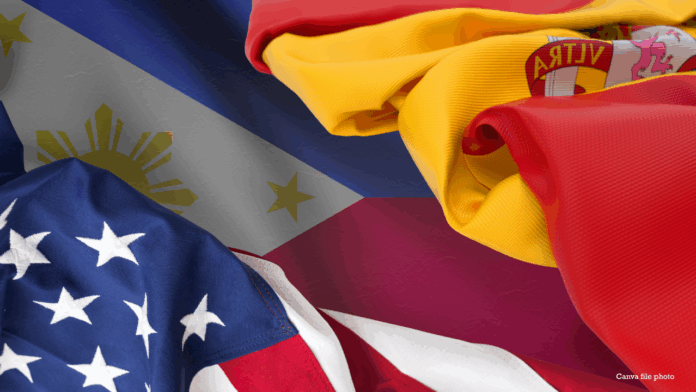Christianity, fondness for festivals, preference for more sophisticated homes, the English language, preference for fair skin, high-bridged noses, and tall stature, foreign movies, and modern technology—these are just some of the influences the Spanish and Americans brought when they colonized the Philippines.
There is truth when we say that a significant portion of our current popular culture has been shaped by Western influences. There’s no point in debating, too, that what is known as colonial mentality is alive and well, and remains prevalent.
As for me, I won’t pretend that I don’t patronize foreign-made products. I enjoy foreign movies. God knows how much I love all the Marvel films, from Avengers to Guardians of the Galaxy to X-Men. I’m a fan of pasta, hamburgers, pizza, and steak. I buy foreign products because I trust their quality.
And just like me, I’m sure that you do, too. At least, most of us do.
Why is this the case? Perhaps it’s the effect of enculturation, since we were already born into a society where these influences already existed. The Spaniards colonized the Philippines for 333 years, so a huge chunk of our culture, including our language, religion, and social systems, was borrowed or forcibly adapted from them.
After Spain, the Americans came and stayed for 48 years. That is no small number of years under colonization. This is why these influences have become deeply embedded in our system. Many of us have accepted them as default, even ideal.
But while there are advantages to being a multicultural country, it also comes with certain baggage that pulls down our aspiration to develop a strong and distinct Filipino identity.
According to historian Xiao Chua, the Philippines developed what he calls a “cultural schizophrenia,” or a conflict between our ancient Austronesian roots and the foreign ideologies imposed by centuries of colonization. This cultural dissonance has made us question our worth, admire what is foreign, and look down on what is local, even when what’s local is beautiful, practical, and uniquely Filipino.
This is part of the reason why many Filipinos experience deep confusion about their identity. It becomes a struggle when faced with the question, “Should I be true to myself, or should I follow the foreign ideal?”
We can see this in everyday choices: from whitening products dominating the shelves, to the obsession with imported goods over local craftsmanship; from the preference for English over native tongues, to the quiet shame we sometimes feel toward our provincial roots.
There is nothing wrong with keeping up with the latest trends, especially now that we are considered global citizens. But being global does not mean we must be rootless. We must not forget our customs, traditions, beliefs, and philosophies. We must celebrate the diversity of our heritage, from the Igorot’s strength to the Maranao’s art, from the Visayan resilience to the Kapampangan pride.
In reclaiming our identity, we do not reject the world. We simply remember who we are.
Because at the end of the day, a nation that forgets itself becomes easy to sway, easy to divide, and easy to silence. We need to honor our past, not just the one written by colonizers, but the one that predates them. It is the vibrant, complex, and powerful Filipino story that is waiting to be reclaimed.



